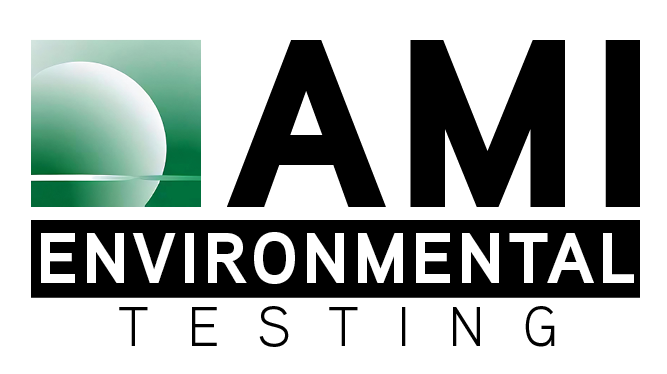The medical surveillance provisions are part of the lead standard’s comprehensive approach to prevent lead-related disease. The lead standards goal is to supplement the primary agents of disease prevention, the reduction or elimination of airborne concentrations of lead and sources of ingestion. This can only be accomplished through early detection of medical effects associated with exposure to lead. These provisions are similar to the HUD Guidelines and lead standard for general industry.
Medical Examinations
Any medical examinations or procedures must be performed by or done under the supervision of a licensed physician. Any examinations or procedures are to be provided without cost to employees at a reasonable time and place. The employer’s obligation is to make available and to provide medical tests and procedures as required. When your employees are confident in the medical screening process, there should be little refusal to participate.
Medical Surveillance Program
The medical surveillance program involves two phases of medical surveillance: one is initial medical surveillance; the other is a medical surveillance program. The employer is required to provide initial medical surveillance to employees occupationally exposed to airborne concentration of lead on any one day at or above the action level, consisting of biological monitoring in the form of blood sampling and analysis for lead and zinc levels. If initial biological monitoring indicates that an employee’s blood lead level is at or above 40 ug/dl, the employer must provide biological monitoring at least every two months. This process is to continue until two consecutive blood samples and analyses indicate that the employee’s blood lead level is below the exposure level.
Permissible Exposure Limit Plan
If an employee’s lead exposure is at or above the blood lead level for more than 30 days a year, the employer must provide a medical surveillance program to the employee. The medical surveillance program should consist of routine monitoring of an employee’s blood. Exposure test should be made available at least every 2 months for the first 6 months in the exposed job and every 6 months thereafter. If an employee’s lead blood level exceeds 40 ug/dl, the monitoring frequency must be increased to at least every 2 months and not reduce until two consecutive tests are below the 40 ug/dl. If test levels exceed the removal criteria, a second test must be provided within 2 weeks after the employer receives the results of the first blood test to confirm the accuracy of the results. If the second test exceeds the removal criteria then the employee must be removed.
Within five working days after the receipt of biological monitoring results, the employer must notify each employee in writing of their blood lead level. The employer must notify each employee who underwent biological monitoring whose lead blood level exceeds the 40 ug/dl. The standard requires temporary medical removal when an employee’s blood lead level exceeds the 40 ug/dl.
How can AMI Environmental protect employees and the reputation of your business?
At AMI Environmental, our main goal is to assist businesses and create a safe working environment, while adhering to government regulations. With decades of experience, our Industrial Hygiene Professionals purpose is to help our clients not only protect your workers but also manage risk. Allowing you to then enjoy the peace of mind knowing your employees will be protected from harm. AMI will work to establish and maintain a safe work environment, including surveying your facility for risks; provide testing within your facility; maintain testing protocol; and assist in the recording process. If you have any questions or concerns, please contact Dan Taylor at [email protected].



